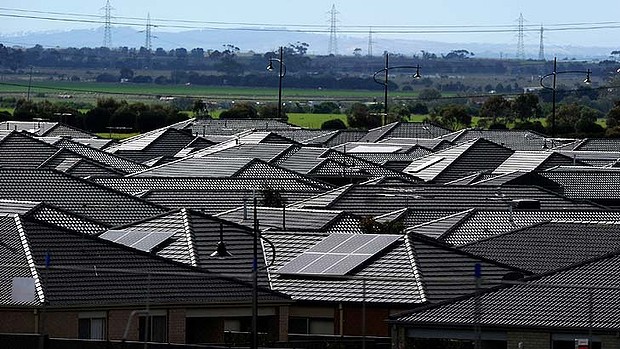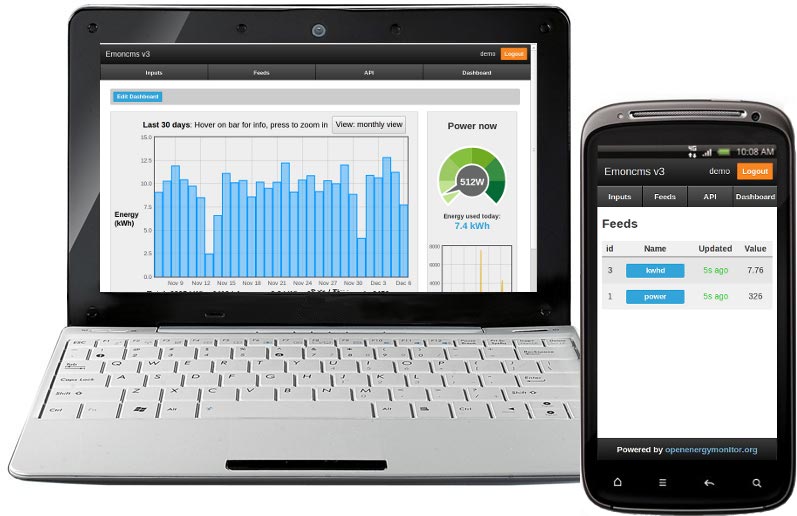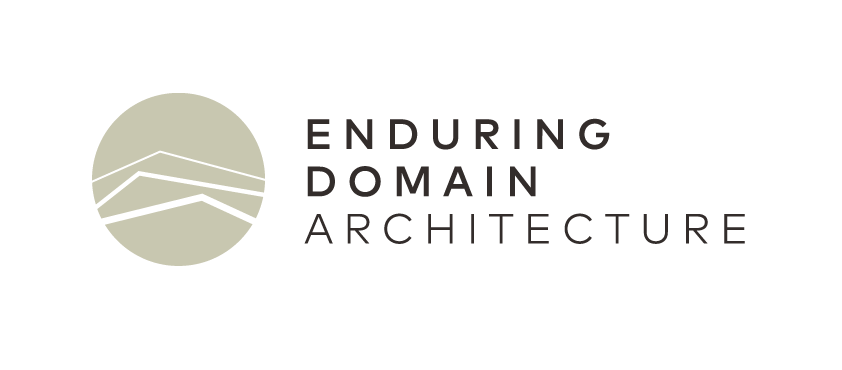
14 Aug The Third Industrial Revolution?
Suburban rooftop solar installations are becoming prolific
One topical issue on the Australian political landscape this year is that of our commitment to (or lack of) meeting renewable energy targets. On June 19, the federal government introduced legislation repealing the 2011 Australian Renewable Energy Act and effectively scrapping the Australian Renewable Energy Agency. ARENA was established by the Australian Government to make renewable energy solutions more affordable and increase the amount of renewable energy used in Australia.
According to the Four Corners report ‘Power to the people’ aired on the ABC on 7th July, Federal Environment Minister Greg Hunt claims that the high cost of establishing renewable energy infrastructure would be prohibitive for further government and private investment, and that the debate is about whether Australians want cheap power or renewable power.
In fact, the consumer has already had to endure escalating electricity prices over recent years apparently due to extensive upgrades to the national grid. According to Ivor Frischknecht, CEO of Australian Renewable Energy Agency, half of our electricity bills are made up of the cost of network upgrades made over the last five years. However, the predicted increase in demand for electricity from our fossil fuel power stations did not occur and we are now left with some 20% surplus of non-renewable energy being created and stored in an oversized network. This situation is the exact opposite of the philosophy of creating an energy efficient society where demand is reduced first and supply is designed to meet those needs in the most economical way possible.
This reduction in demand has come somewhat from the proliferation of rooftop solar installations that Australian households have embraced in droves. According to the Clean Energy Regulator, domestic photovoltaic installations have reached 1 million in number as of March 2013. This is an increase from just 20,000 systems in 2008.
Clean Energy Council chief executive David Green says, “For some years solar has been most enthusiastically embraced by those in mortgage-belt suburbs, retirement areas and regional parts of the country. People from all walks of life have been installing solar as a way of protecting themselves from power price pain over the long term.”
Personally I think this is a fantastic situation where those particular socio-economic demographs who can least afford to build the opulent, oversized status driven homes that many aspire to, are actually spending what capital they do have on establishing renewable energy systems.
Typically what tends to happen when such a system is installed in the home, whether it be grid connected or stand-alone, is that users become more aware of their energy consumption. Digital monitoring devices indicate how much electricity is being produced from the system versus how much is being consumed. Any shortfall is being supplied and paid for from the grid. If the expression ‘what gets measured gets managed’ is true, then it’s more likely that users are going to look for ways to reduce unnecessary energy consumption and even make a game of trying to get their power bills down.

Energy monitoring software Emoncms. Photo courtesy openenergymonitor.org
There are two other desirable outcomes from this increase in the number of mini renewable energy power plants. Firstly, there is an increase in housing stock equipped with this technology which future owners or renters can benefit from. Secondly, the net reduction in greenhouse gas emissions from less use of fossil fuel to make our electricity.
Unfortunately in my experience as an architect, too many times I have come across the kind of client who cares little for making compromises on grandiosity as the cost of operating their dream home matters little to them. I can afford to run all these lights and appliances and the central heating I’ll need to keep me in a T-shirt all year round so why should I go without?
Every time I pass through a social housing suburb or a small country village made of weatherboard miners cottages and I see a photovoltaic array on the roof that’s worth more than the car parked in the driveway, I think good on you. You are leading the way and setting an example for the rest of us.
Australia has an abundance of the very natural resources that can potentially lead the charge in the Third Industrial Revolution. An investment into developing renewable energy as a major national resource will create jobs, reduce pollution, and reduce power costs for the consumer. The question is whether we will look to the future, embrace change and prosper, or stay as we are and resign ourselves to continued reliance on a national power grid fed by polluting coal and ever escalating prices.




No Comments